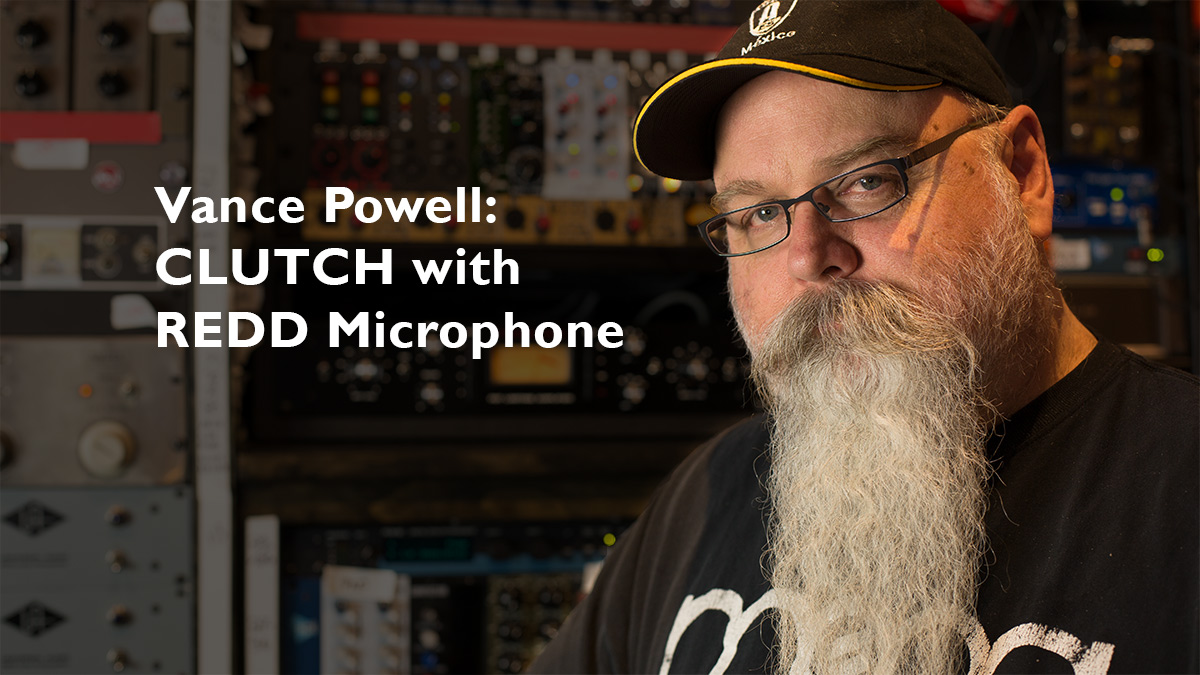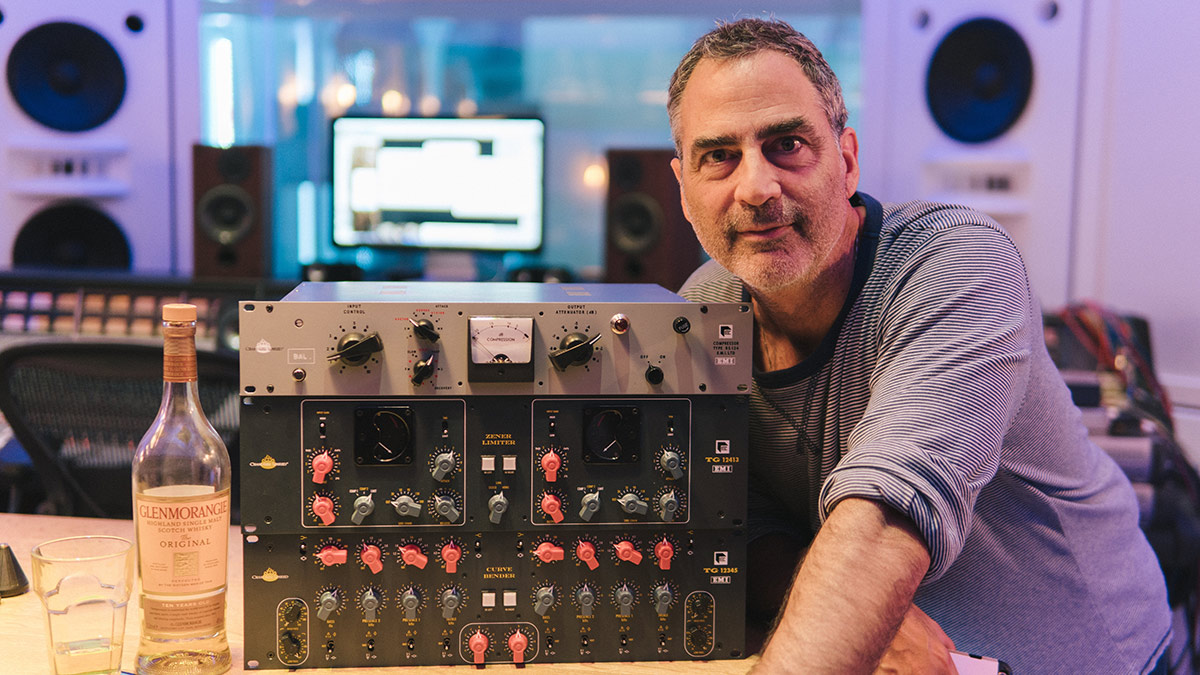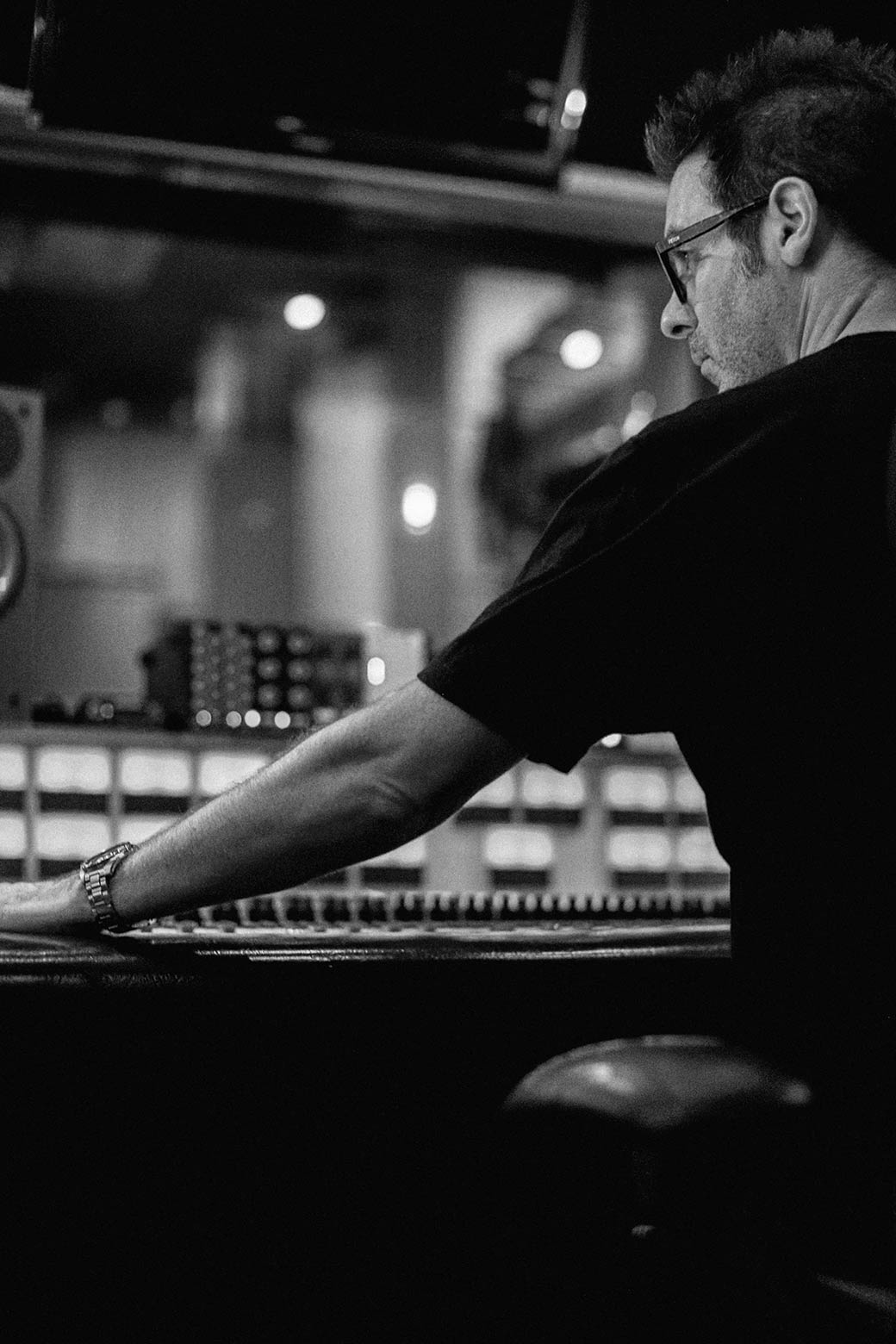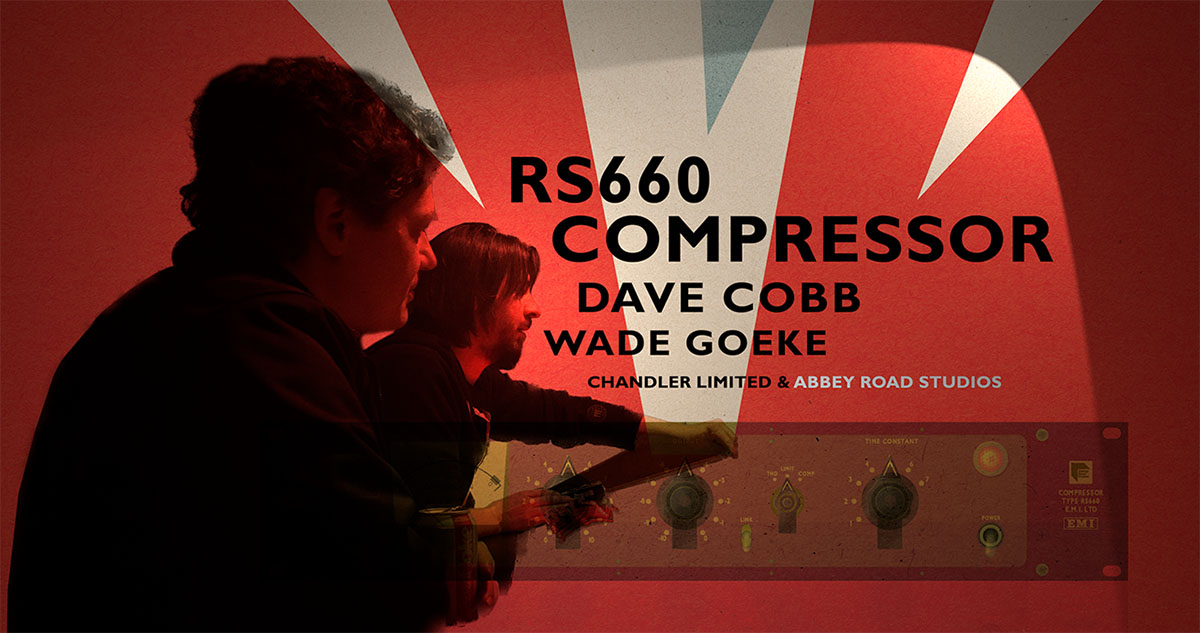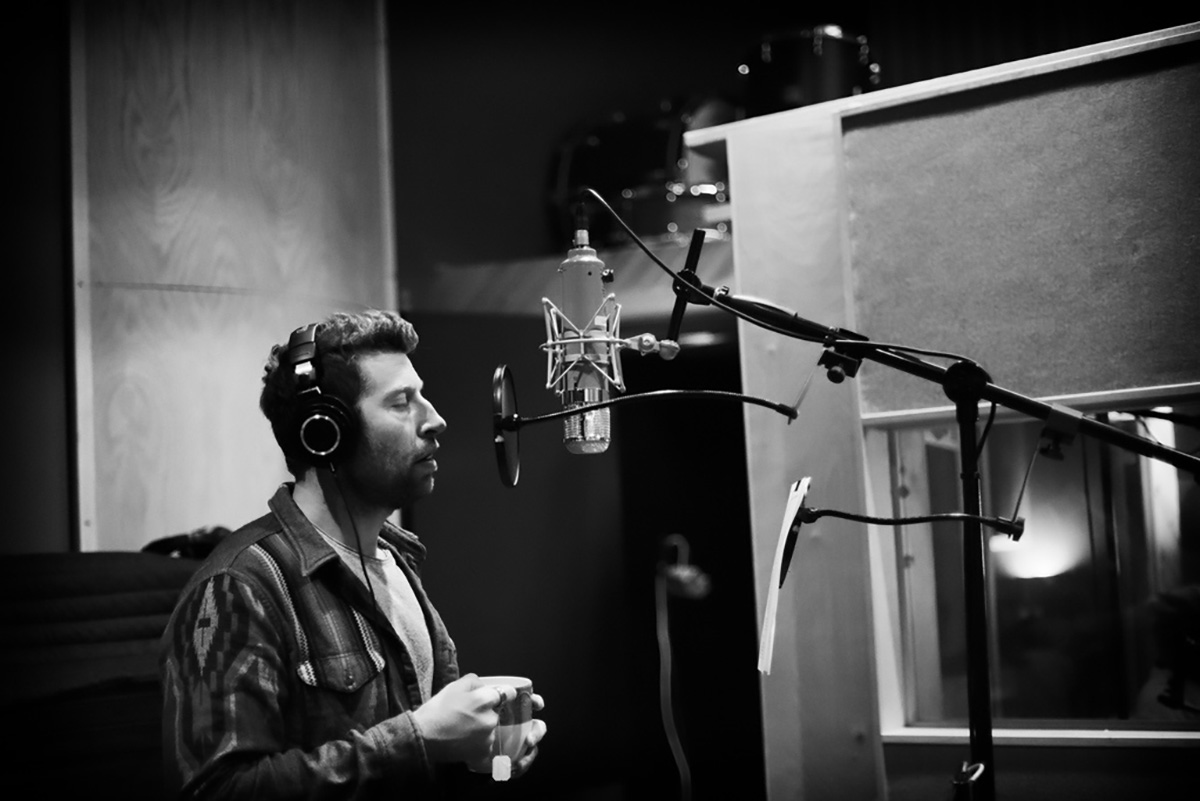Review by: Geoff Stanfield.
Tape Op Magazine
June 2023
What I didn’t need was another piece of gear to help drain my bank account, but what I always need is a compressor that helps me do my job while making me look good. On both fronts, the new Chandler RS660 compressor is that piece of gear. As the name suggests, the RS660 is based partly on the Fairchild 660, but also on the RS124 – that compressor that came about because the EMI technical staff was trying to modify an Altec 436B, eventually arriving at a whole new design. The original 660 had a whopping 11 tubes, while the RS660 utilizes three, like the RS124. The unit is simple to operate, has a brown metalflake faceplate, with big chunky black knobs, and a classic looking VU meter, giving it an old military-ish look. The RS660 has a variable-mu type compression circuit, and operates in many ways like the other tube compressors I own. Clockwise adjustment of the Input control raises incoming signal level and lowers the compressor’s threshold, thus increasing the amount of compression. The Output control has unity at noon (clearly marked) and can attenuate or boost. Two RS660s can be used in stereo by using the Link switch and connecting the units with an unbalanced 1/4-inch cable.
There are three selectable compressor modes on the RS660. Comp is the compression mode of the RS660. Comp mode simultaneously changes several characteristics of gain reduction including threshold, knee or curve, and gain structure. In Comp mode, the threshold is higher and compression onset is lower, and the knee is softer. The gain structure is also lower, and therefore pushes the compressor less hard. All the vibe and control, with a gentler sound and character. Limit mode provides more color than the unit in Comp mode and is more aggressive sounding. THD (total harmonic distortion) mode is similar to the THD circuits deployed on the Chandler Limited TG1 [Tape Op #37] and TG12413 Zener Limiters [#59], not compressing or limiting, but instead producing overdrive and distortion. I love this feature, and it was awesome for making a DI bass track growl. I wish we could use the Comp and THD simultaneously! The Time Constant switch sets the reactivity of the RS660 and features seven positions. Positions 1 to 3 are fast, recreating popular settings from the Fairchild 660 and producing colorful vintage-styled tones. Position four is a bridge between the faster and slower settings and works great for less colored vocals and guitars. Positions 5 to 7 are the most neutral, and the closest to the tone and character of the RS124. I think what Chandler describes as “neutral,” “moderate,” and “less colored” can still be quite rich. The RS660proves to be a wonderful tone machine when you need to give anemic sources some life.
I was in the middle of mixing my own record when the RS660 showed up, and there were a couple tracks where I was struggling to find the right vocal compression. With some quick patching and level adjustments for Input, Output, and fiddling with the Time Constant for a moment, I was off to the races. Even when the meter showed heavy reduction it didn’t sound over compressed, and the vocal was glued into the mix nicely with a bit of harmonic glow. In fact, I removed all the EQ I had on the track once the RS660 was employed. Sometimes it’s just that easy. For vocal duties I can see this being a first go-to in almost every situation. It just does that thing! On bass guitar it imparted the same sort of sonic magic. Big, fat, harmonically rich, and focusing. The same thing on acoustic guitars; settling into the track but still present in the mix. There was not a single instance or instrument where I had to spend more than a few minutes finding the right settings to make it sing.
I know the electronics and math happening inside the RS660 are not “simple,” but I love the simplicity of the controls and the speed in which a great sound is achieved. The RS660 is not cheap, especially for a single channel of compression. But after years of buying gear and staring at a box of broken crap that I bought on the cheap, more and more it’s worth saving up and buying gear that will last me a lifetime. I know there are no “magic boxes,” but after using the RS660 for even one day I started thinking, “Well, maybe there are?”
Subscribe to Tape Op Magazine

